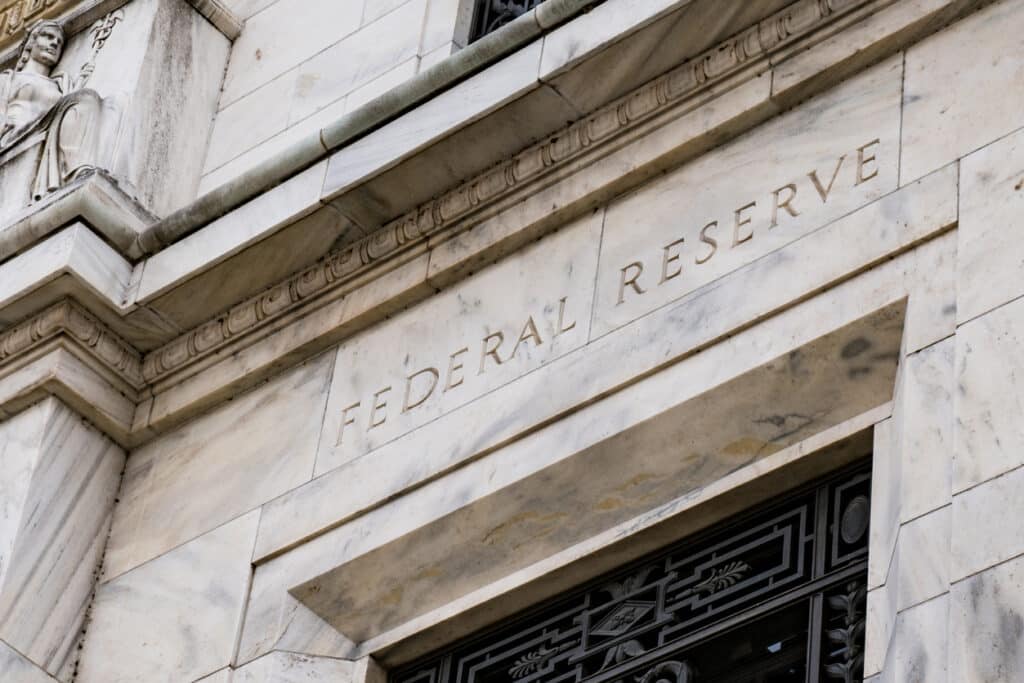In the final few weeks of 2022, the US dollar finally slowed the pace of its gains as forex traders looked forward to the US Federal Reserve cooling its rate-hiking schedule. Gauging from the end of September, the Bloomberg dollar index dropped more than 6% by the end of the year, making it the worst quarter the currency has experienced in 10 years.
On 3rd January, the US dollar made up ground against many of its main forex trading peers, including the euro, the Swiss franc, and the Norwegian krone. However, “today feels like an unwind of short-term December positions, rather than anything fundamental to start the year,” commented Barclays’ Ian Tew.
As last year ended, the data suggested the Fed was making progress in taming inflation, which gave hope for a dovish turn, but wage gains looked robust, which could indicate rates will stay elevated for the time being. Analysts felt the early-January US dollar rebound showed the anticipated unravelling of its gains would not be without hiccups.
Now, for forex traders at iFOREX, let’s spend some time recalling the US dollar’s rocket-like path in 2022, especially since it may provide clues about its destination in 2023.
Dollar Pain
At the end of July 2022, the US dollar was at an all-time peak, clocking up gains of more than 14% for the year. The Fed had recently hiked rates by another 75 basis points, and the effects of its aggressive policy were evident in debt default around the globe. Poverty worsened with the elevated prices of food imports from the US. The Fed, for its part, might have regretted all this, but it was set on controlling inflation.
“You have recession concerns leading to dollar strength,” explained Joey Chew of HSBC Holdings, referring to the dollar’s “safe-haven appeal “and then tightening financial conditions leading to more recession concerns.”
To prop up their currencies against the dollar, other central banks felt compelled to hike interest rates. Unfortunately, the inevitable impact was often to hold back economic growth and exacerbate unemployment problems. This is why the dollar’s ascent is “another reason why we expect the global economy to fall into a recession next year,” said Ariane Curtis of Capital Economics in September 2021.
Intervention
In August, it was estimated that emerging market economies were paying about $2 billion daily to keep their currencies afloat. South Korea, Thailand, and India have left a combined $115 billion hole in their forex reserves for the year so far due to their efforts to defend against dollar dominance.
By October, when the Fed had hiked rates five times for the year and was signalling there would be more, the Turkish lira had plummeted a massive 28%; the Egyptian pound had lost about 20%, and the Indian rupee was down approximately 10%. As to the British pound, it was worth 18% less than a year before.
In July, the Chilean peso recorded a 20% loss over only five weeks, sparking the central bank’s move to spend $25 billion on forex market intervention.
November
When the Fed met at the start of November, the message came out that interest rates would rise in smaller increments starting in December. As a result, the dollar stopped climbing, and there was a 5.2% slump in the dollar index for the month. Looking over to the European Central Bank, it indicated a willingness to hold to its hawkish path for longer, given the sticky nature of inflation on the continent.
“There are not that many dollar buyers around these days after the correction higher in euro-dollar in the first half of November,” remarked Nordea’s Niels Christensen. On the 24th of the month, the Japanese yen gained a considerable 0.9% against its US forex trading rival, finding itself at 138.285 to the dollar. On that day, one euro would buy you $1.0415.
Wrapping Up
Despite the events of November, the US dollar came out of 2022 with gains of 7.9% against its forex trading partners, and the intentions of the Fed for the new year remained unclear.
Adam Button of ForexLive was unsure whether the bigger headwind for the US in 2023 would be slower economic growth or persistent inflation. “If it’s weak growth, the U.S. dollar will fall. If it’s high inflation, then the U.S. dollar will rally”, he suggested.
Analysts are still trying to weigh the potential effects of China’s economic re-opening. According to Nordea’s Jan von Gerich, it “will be a source of volatility,” but ultimately, it “should boost risk appetite globally.” This could be a factor weighing on the dollar going ahead, so forex traders with iFOREX should keep an eye on developments in China as the year rolls on.

 Between 74-89% of CFD traders lose
Between 74-89% of CFD traders lose  Your capital is at risk
Your capital is at risk  Your capital is at risk
Your capital is at risk  Your capital is at risk
Your capital is at risk